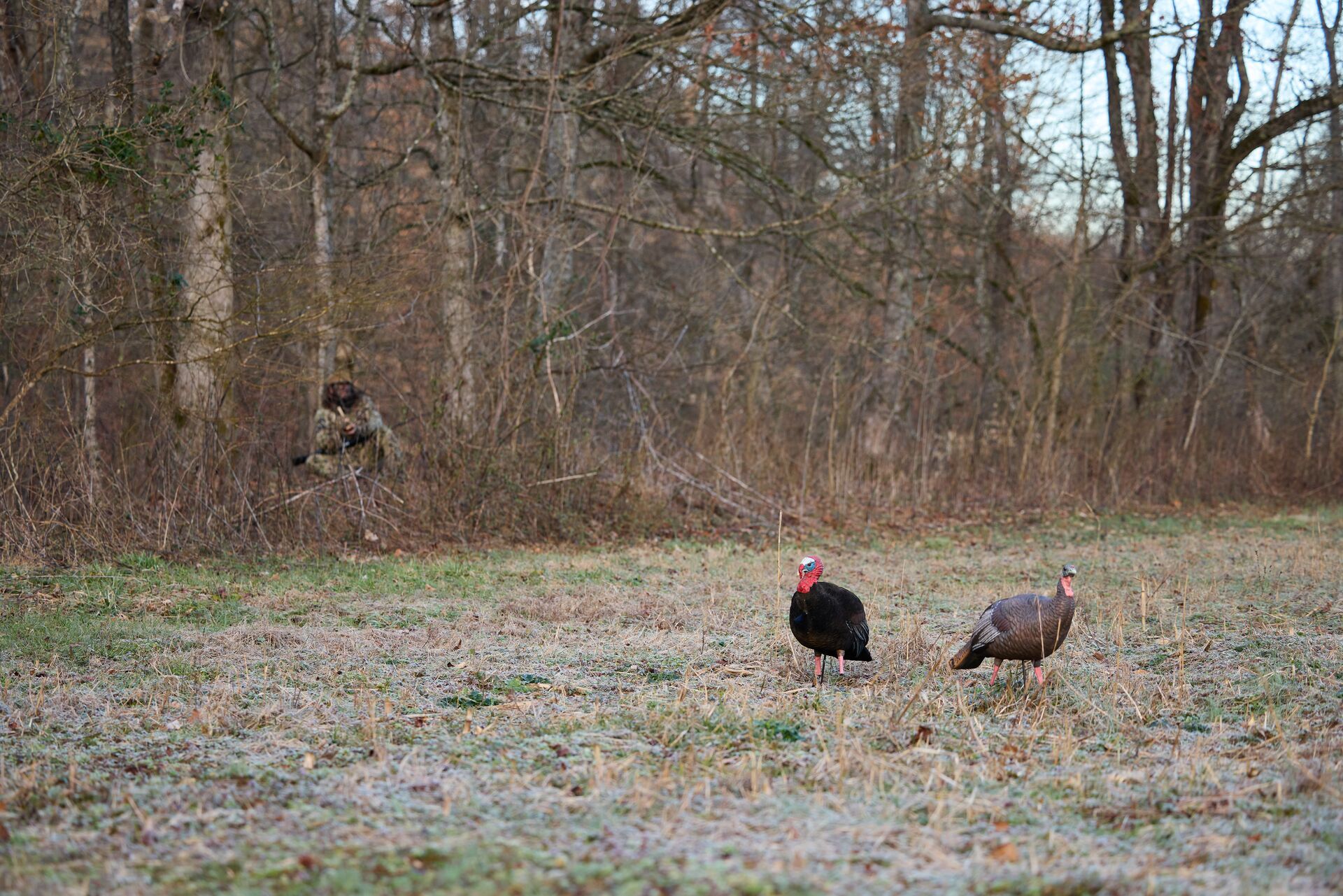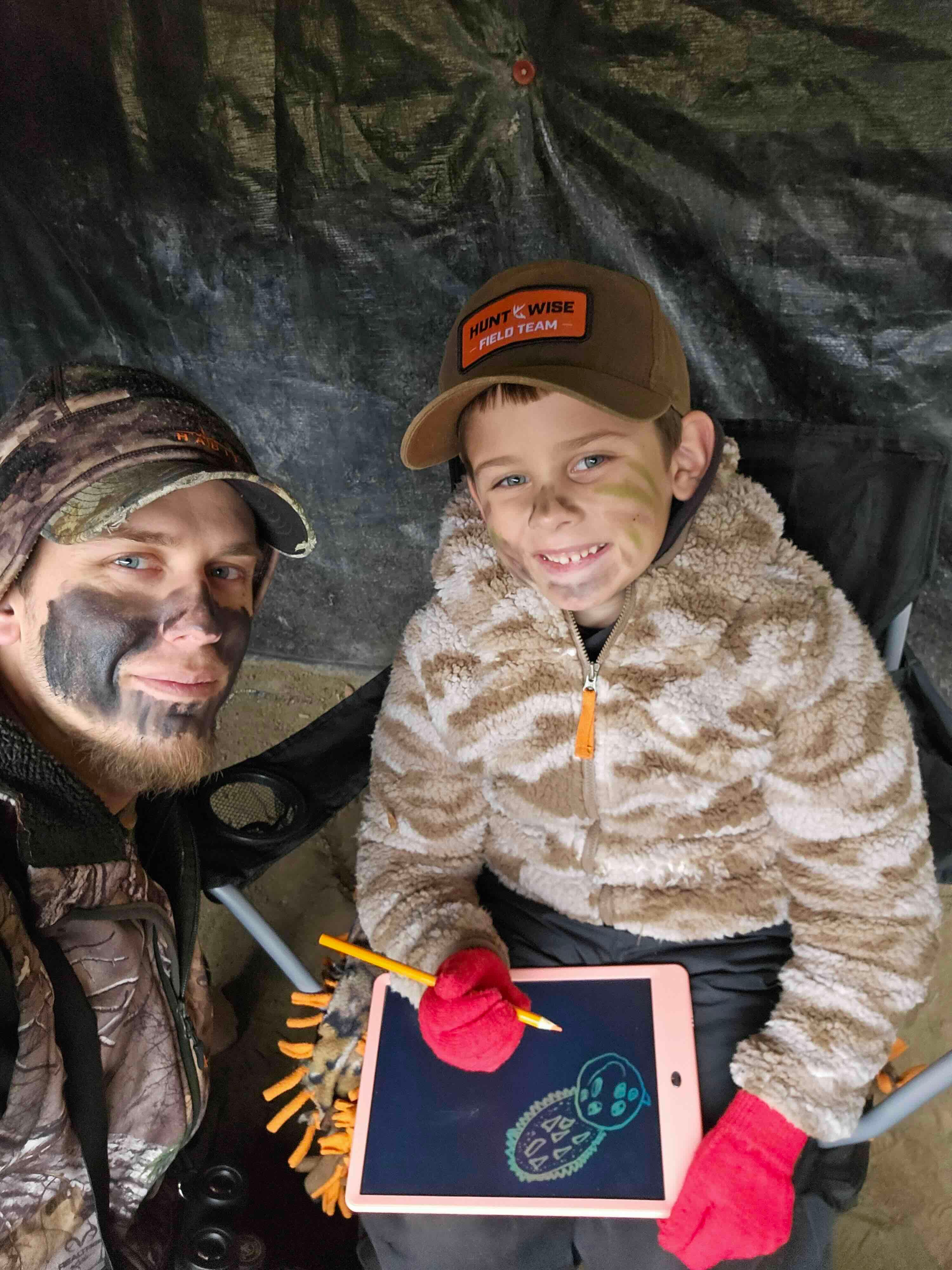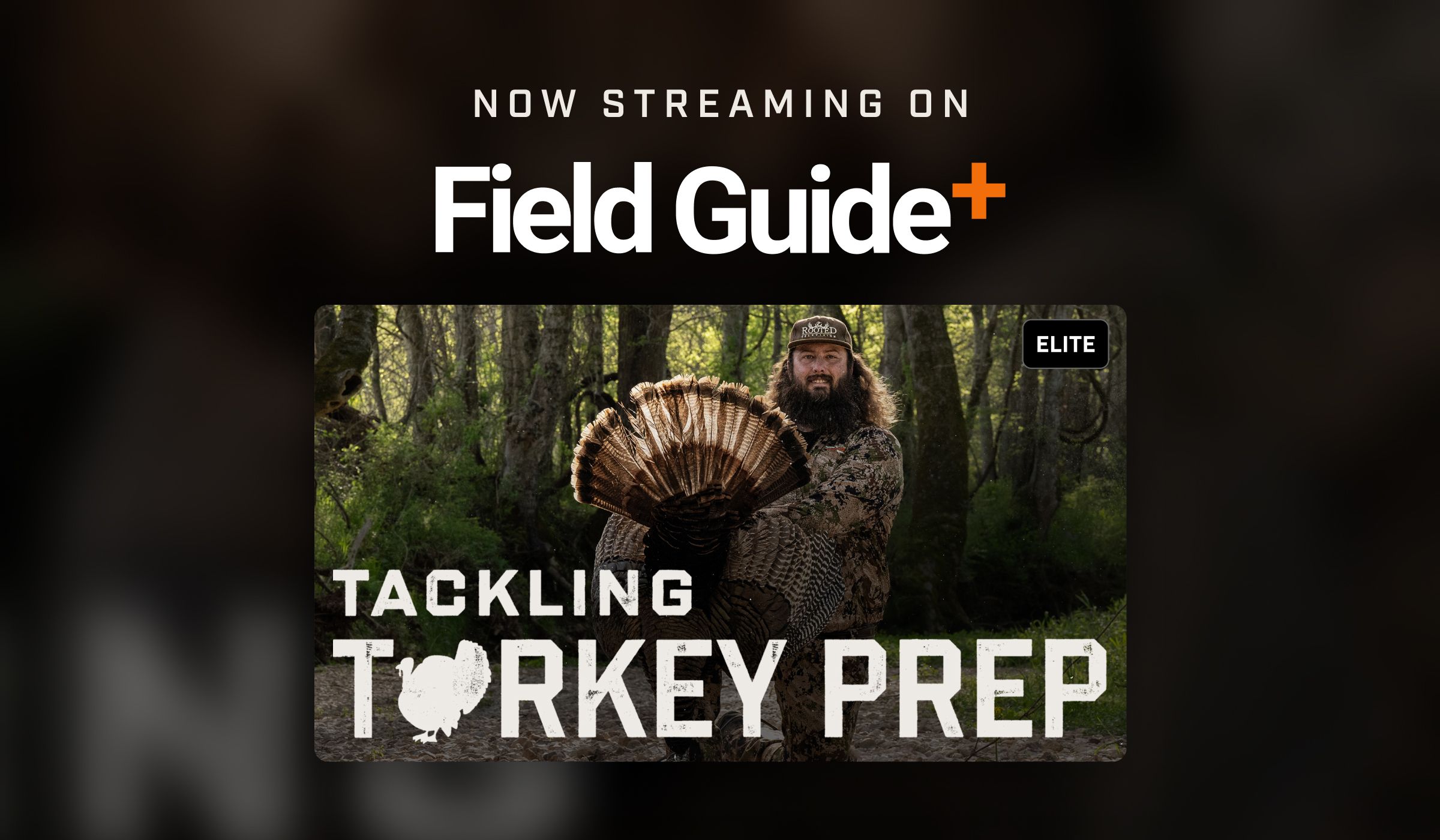As with any type of hunting, there is always some pre-season prep work that needs to be done to have the highest chance of being successful. These tasks include scouting, food plots, prescribed burnings, practicing your calls, and the list goes on. It's also helpful to brush up on the best early season turkey hunting tips to help you nab a bird.
With so much to do and so little time to get it all done, let's take a look at eleven of the more common and important things to get checked off the list before the turkey hunting season gets here.
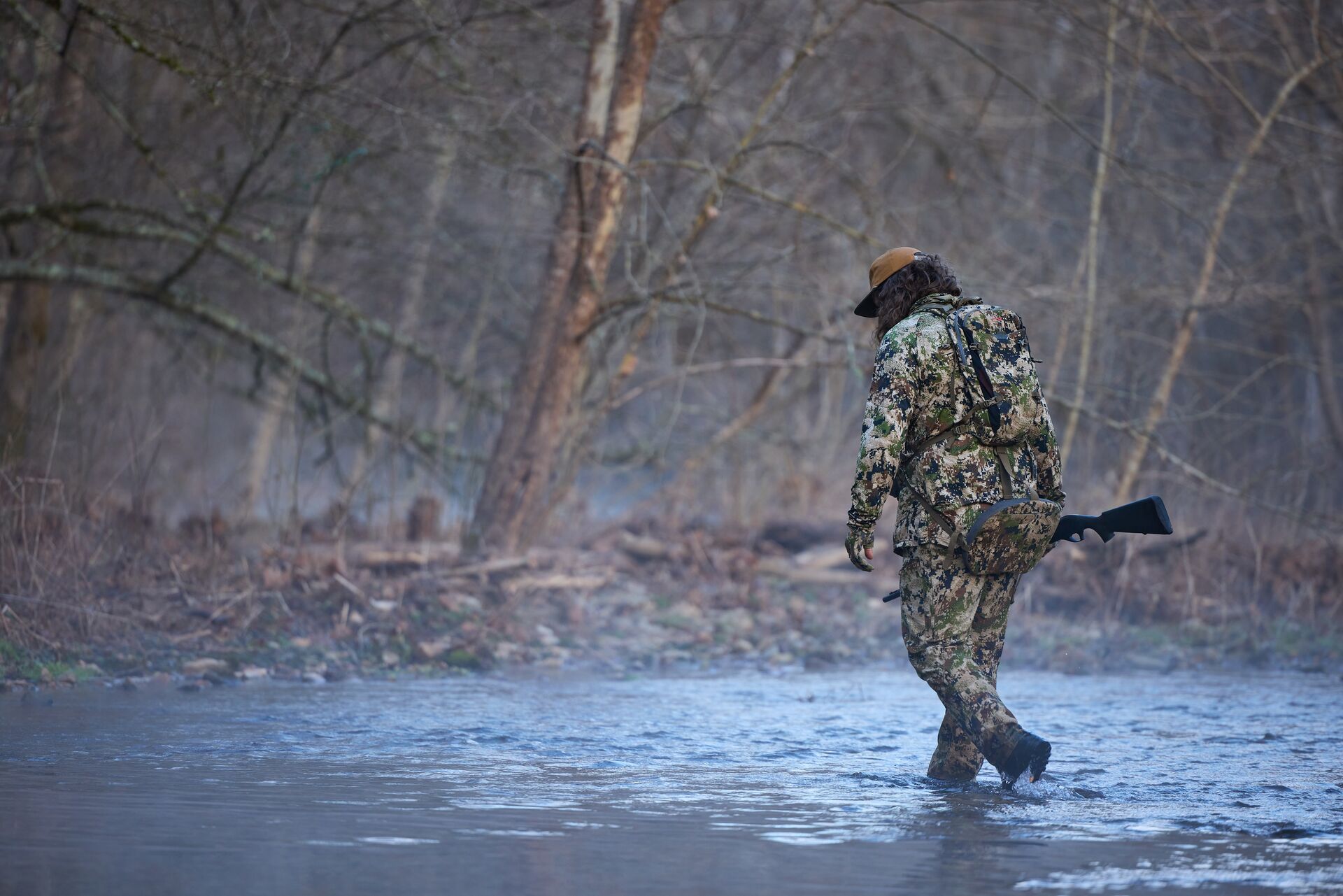
1. Scout Early and Often
Scouting has to be one of the most important pre-season practices that any hunter can do for any season. Finding the sign of where your quarry has been, is, and will be is so critical for success.
Knowing where they have been during the off-season can be a significant first step in your scouting efforts. Here in Iowa, we have a deer season that runs until January 10th. This late season allows us the opportunity to not only deer hunt (score!) but also scout turkeys and find where they are roosting, when they are flying down from those roosts, what fields they are going to off the roost, and where they are traveling throughout the day.
While these patterns can and generally will change as the weather warms up and food sources become more readily available, this early scouting does give a wonderful starting point.
Use Shed Hunting as an Opportunity to Scout for Turkeys
Scouting can also come from another deer hunter's off-season activity: shed hunting. As you travel your property looking for that white gold of the woods, pay close attention to the turkey sign in your area as well.
Finding dropped turkey feathers in areas can help solidify where the birds spend their time (at least during winter). These areas are definitely worth marking down on your HuntWise maps for future reference.
2. Pattern Your Shotgun
Next to scouting, you could definitely put several items next in your "need to do" list, and all of them are very important tasks. Luckily, a couple of these items do not take a ton of time to get done, while others can take time but also need to be done at a certain time.
I would for sure place patterning your gun in this list of things to get done, especially if you are using a new gun, choke, or shot from the year before. Get out and shoot your gun, and get it dialed in correctly! Even if you are using all of the same things from the year before, it does not hurt to get out and fire a couple of rounds down range just to make sure everything is still golden from last season.
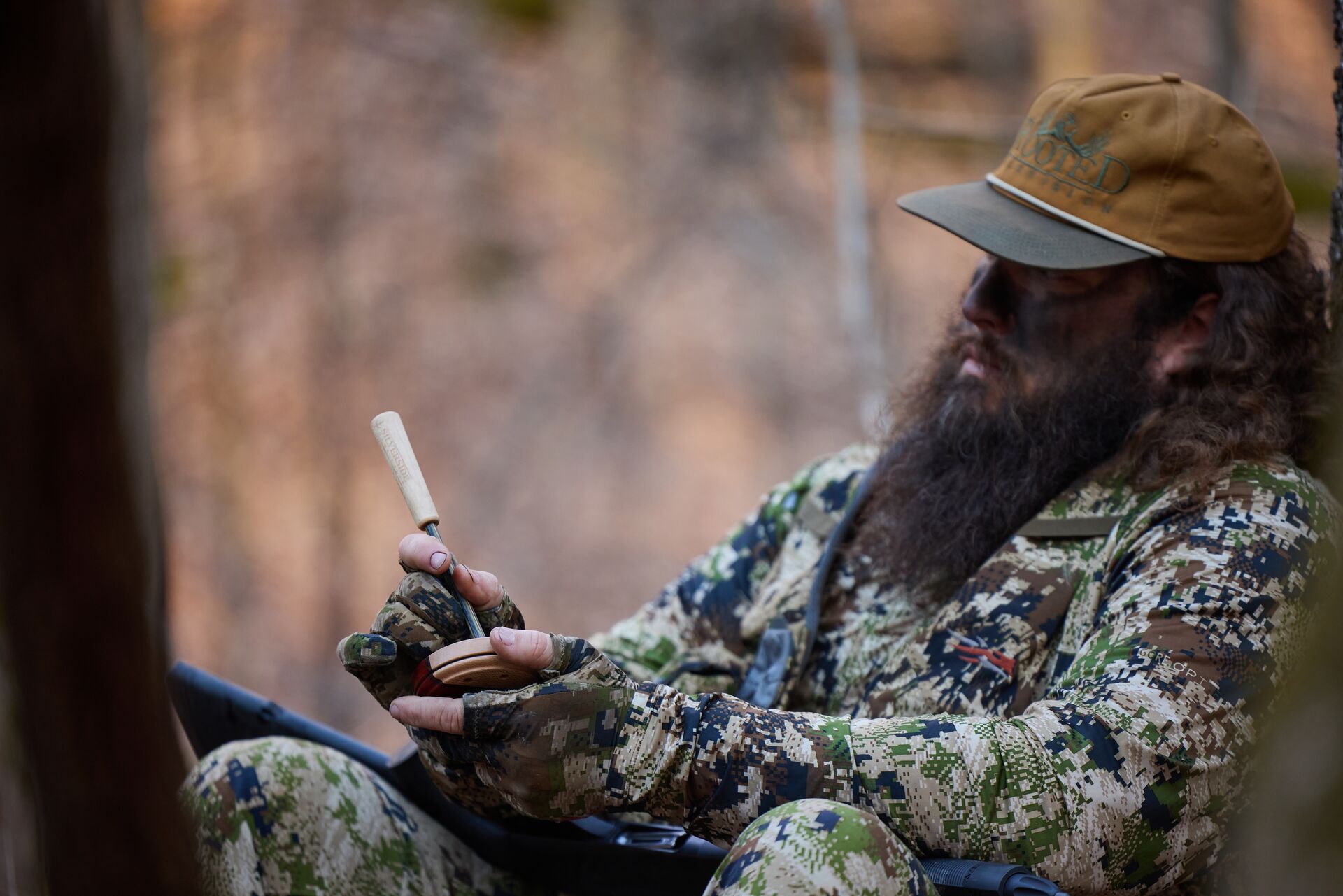
3. Practice Turkey Calling
Practicing your turkey calls is another huge item to get ready for spring hunts. For most of us, it has probably been since last season since we stuck a turkey call in our mouths or played with a box or slate call.
Now is a great time to get them out and practice again. If you're using a mouth call, stick them in your vehicle and practice on your way to and or from work to get those sounds down. If you are using a box or slate call, it definitely doesn't hurt to get used to those as well — just be sure to hide from your significant other when doing this inside!
4. Don't Overlook Food Plots for Turkeys
Now, a couple of other major "to-dos" will be weather-dependent: turkey food plots and prescribed burnings.
If you are able to get in a prescribed fire, this can be an amazing tool to help your property and make you more successful this upcoming spring. With the burning of old and dead grasses, you allow those nutrients to get back into the ground and new growth to come up without competition, thus allowing more and greener growth for the wildlife.
The other weather-dependent item would be planting your food plots. If you are planning on having spring/summertime food plots (to feed those turkeys year-round) you need to be thinking about those now. Watching the weather in late February and early March to see when the weather will allow you to get out and get seed in the ground. Use HuntCast in the HuntWise hunting app to help you plan around the weather.
Frost seeding is an amazing opportunity to get an early start to your food plots. The freezing and thawing of the ground back and forth in the late winter and early spring will get your seed into the ground all on its own, meaning minimal work or effort for you — and will get to growing sooner than if you wait until the weather fully warms up.
If you already have established food plots from the years past, these can be wonderful options and opportunities to harvest a spring gobbler, as food plots are going to be some of the first things to turn green in the spring, attracting those turkeys!
5. Know the Regulations
For my next piece of turkey hunting advice, knowing your laws and regulations is a must, especially if you are a hunter who travels to different states. Each state will have its own regulations for hunting, so make sure you pay close attention to these differences if and when traveling.
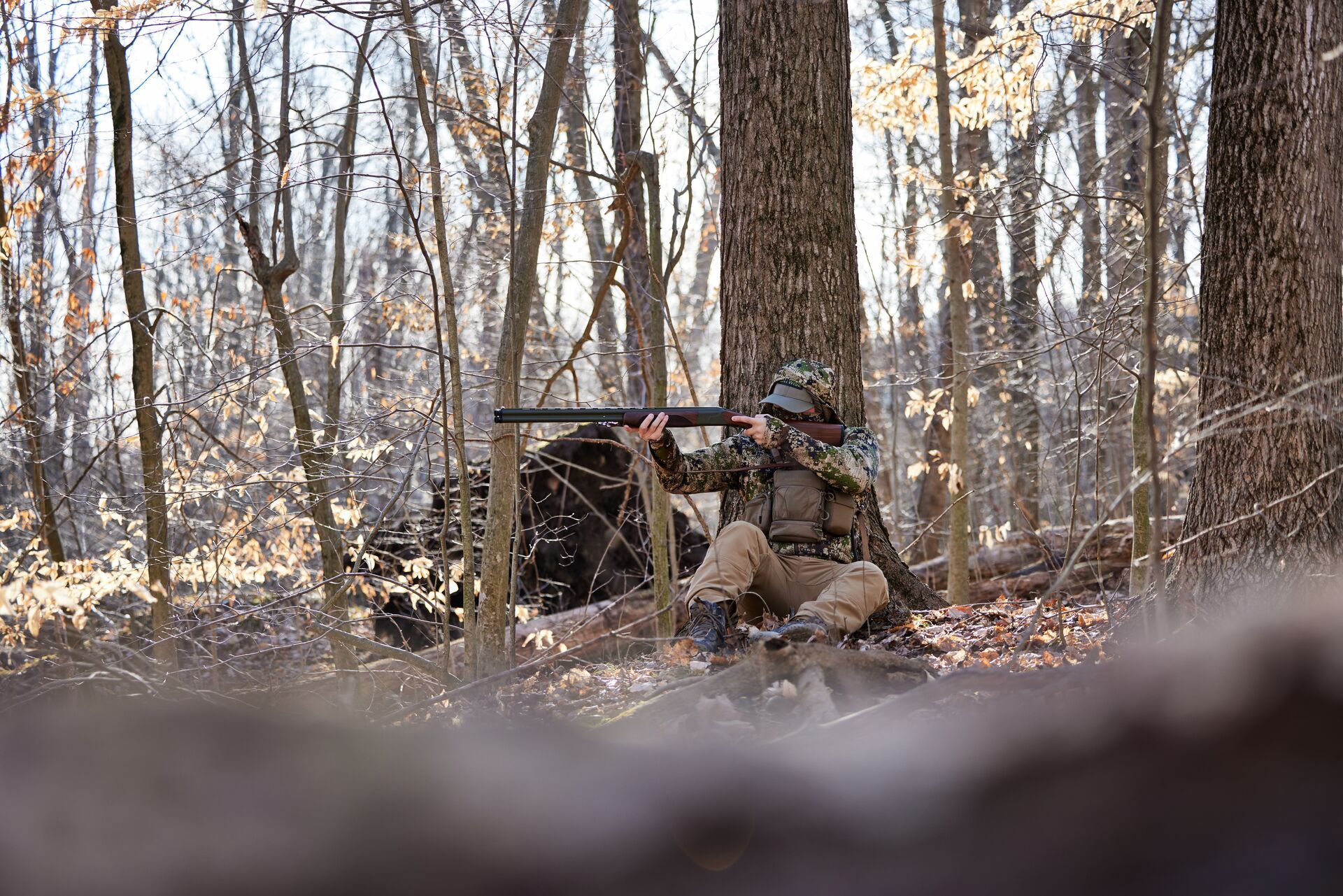
6. Plan Your Setup Spot
If you are lucky enough to hunt on private ground, this can also be a great time to get out, get spots ready to go, and have ground blinds placed. This allows the wildlife time to adjust to your presence and the presence of a new item in their area.
Thinking about where the birds are roosting and what direction they will be coming from is also important, as it can help you determine where to place not only your ground blind but also your decoys. Turkeys can and will be skittish and shy, so knowing how and where to place your setup can be the difference between killing a bird and scaring him away!
When hunting public lands, use HuntWise to pre-scout the area and pick your spot to set up your blind when it's time to hunt. WindCast can help you target the right spots based on wind direction, and the 3-D maps and layers can help you find roosting spots and feeding areas to plot the best location to lie in wait for a big bird.
7. Study Spring Turkey Behavior
Knowing how turkeys behave in the early spring vs. late spring can help you have a successful day in the field. Early spring turkeys are often still in winter flocks, traveling together. However, later in the spring, they gradually break into smaller groups.
Additionally, gobblers may not be as vocal early in the season, so patience is key when calling. Learn the difference between a gobbler vs. hen yelp and other turkey calls and when to use them.
8. Place Decoys Wisely
Decoys have to effectively convince turkeys that they are not actually decoys. Otherwise, they won't bring birds in for a closer look.
Position decoys in open areas to attract turkeys from a distance, and don't overcrowd them to help them look realistic. Try placing them slightly off to the side of your position to avoid detection by turkeys; they have keen eyesight!
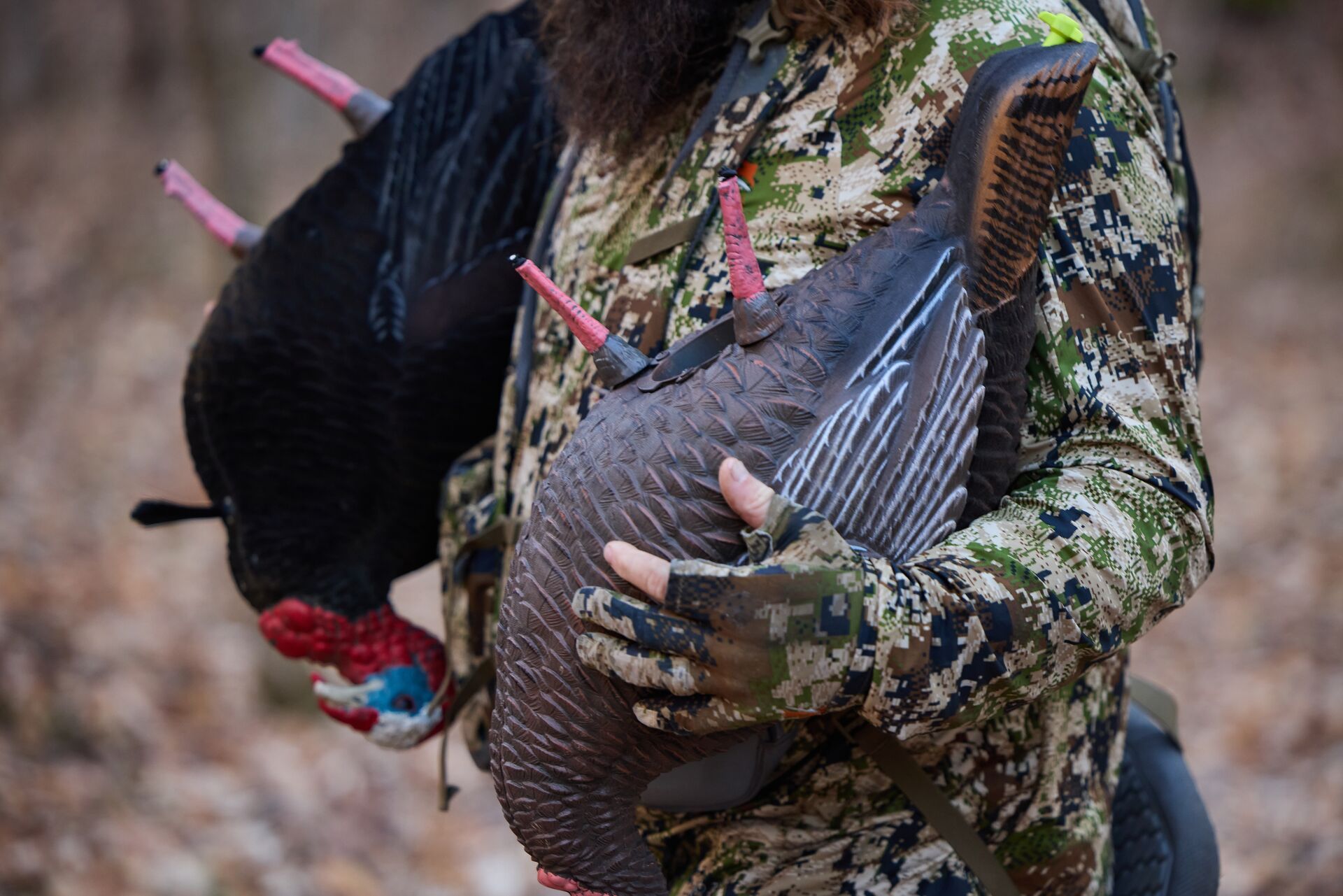
9. Adapt to Changing Weather
A little rain or wind shouldn't ruin your spring turkey hunt. One of my best early season hunting tips is to make sure you have the HuntWise app handy — even after scouting and planning your hunt.
Bring HuntWise with you in the field to track the weather or changes in turkey movement. If the app shows rain when you plan to hunt, consider setting up near an open field. Turkeys tend to gather in fields when it rains.
If it's windy, look for turkeys to hunker down in valleys or sheltered areas to escape the breeze.
10. Target Mid-Morning Hunts
Hens tend to nest mid-morning, which can make toms more likely to respond to calls at that time of day. Look for turkey travel corridors running from feeding areas to roosting areas to catch turkeys moving from one spot to the next.
11. Be Patient
Using HuntWise can help you have an efficient and successful day in the field, but sometimes turkeys are just tough to take down. It can take a while for turkeys to respond to a call, and the weather can always change their behavior, even with the best planning and predictions.
Following these tips to learn how to hunt early season turkeys successfully should help you tag out, but it can take some time. Sometimes, it takes multiple hunting days to get that elusive bird — but don't give up!
Part of the fun is the challenge of tracking, calling, and waiting for the perfect shot to bring down a bird. Plus, any time you can be outdoors enjoying nature and daylight is a good day, so enjoy every opportunity you have to get out and hunt, even if you come home empty-handed for your first spring outing this season.
Get back out and try again until the season ends!
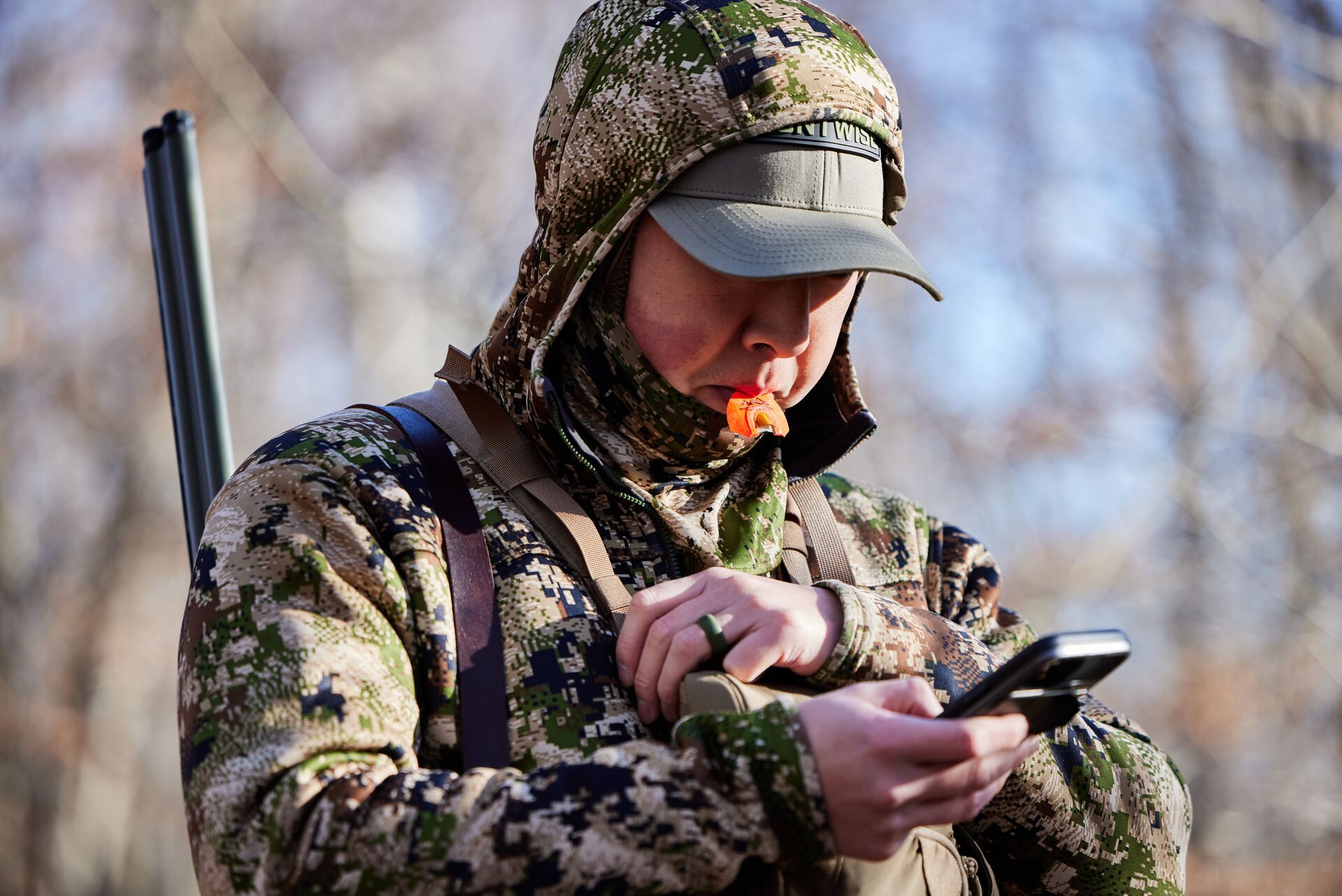
Use This Turkey Hunting Advice and HuntWise for Success This Spring
Get out there, scout, walk, take notes, get your gear ready to go, and don't forget the two most important things: stay safe and have fun!
We hope you have a successful spring turkey hunting season, and we're here to help. These early season turkey hunting tips can help you be a better turkey hunter, but make sure you also dig into the HuntWise app to let it do some of the heavy lifting for you.
From scouting to weather and animal behavior forecasting, it's the best hunting app to make your spring turkey hunt a success!
If you don't have HuntWise yet, download it (free) and start planning your spring hunt — also free for your first week!
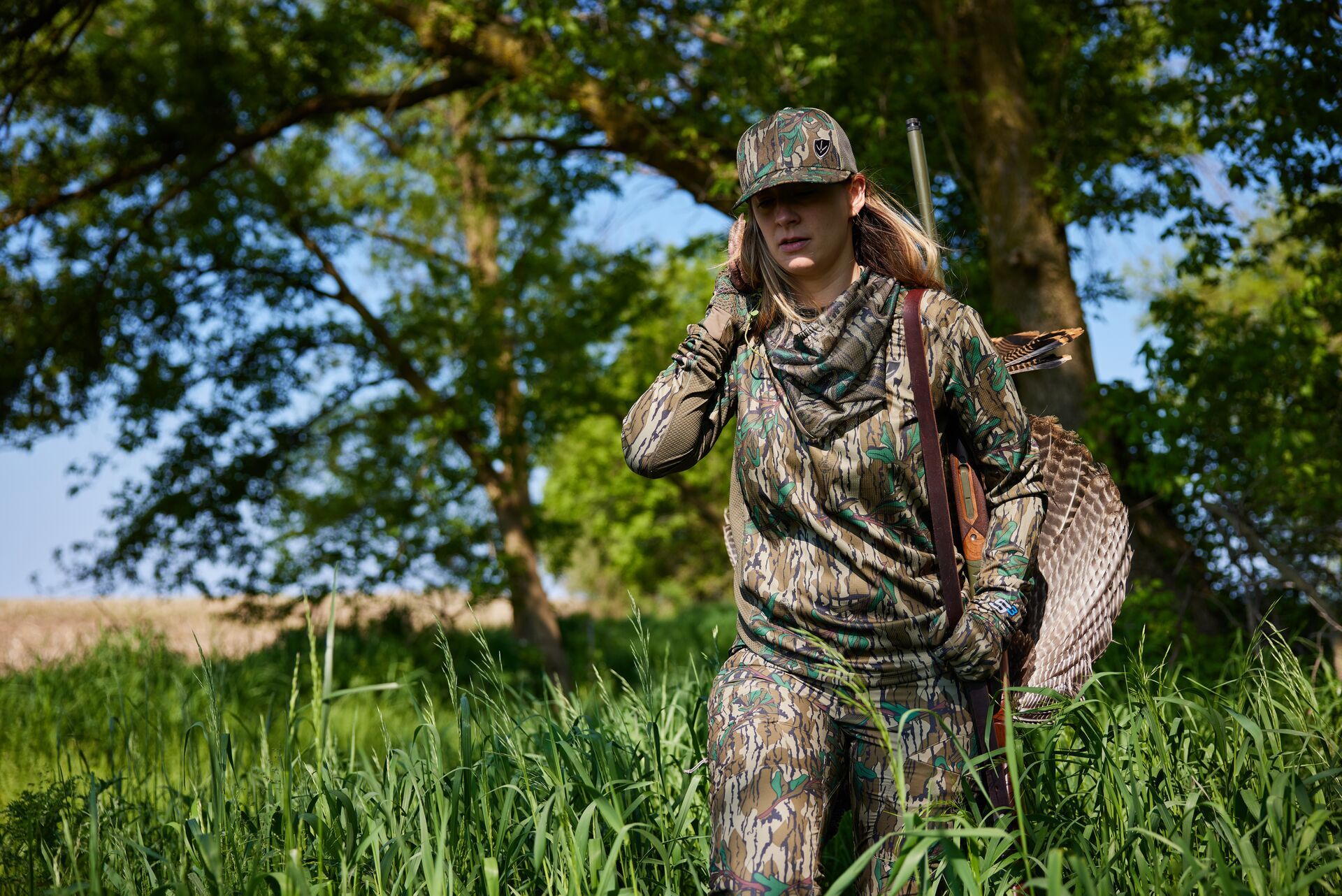
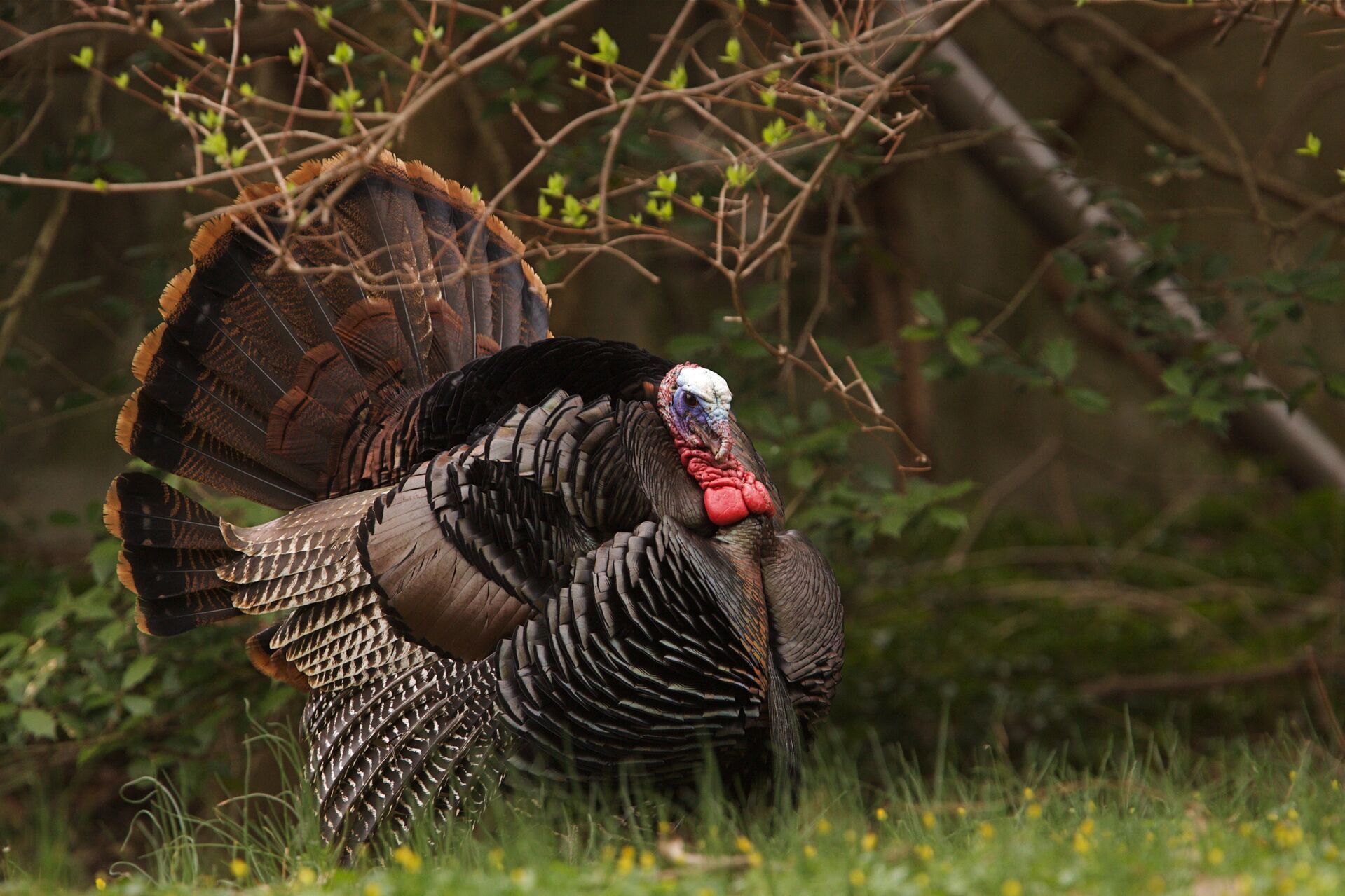
 Turkey
Turkey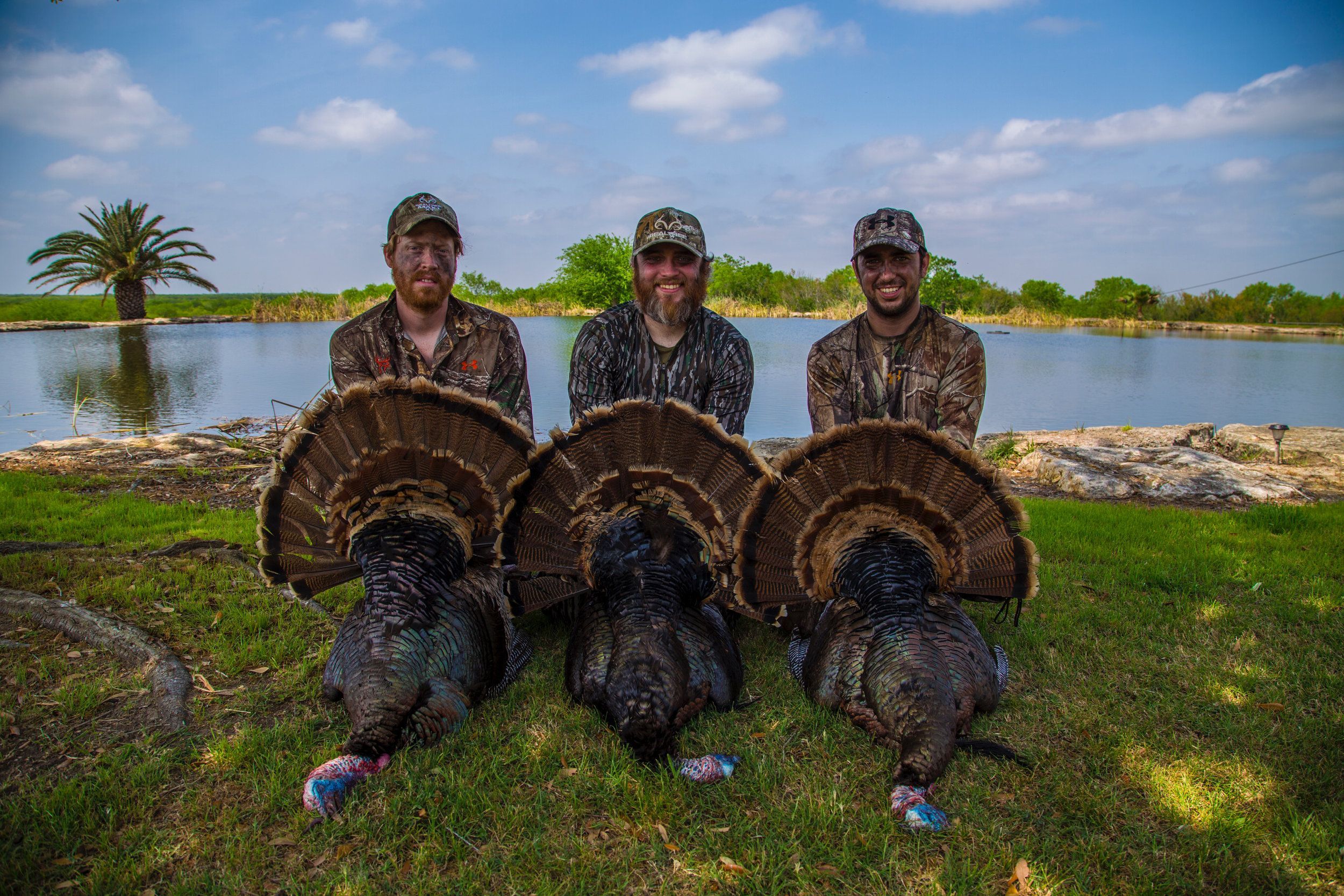 Turkey
Turkey Turkey
Turkey